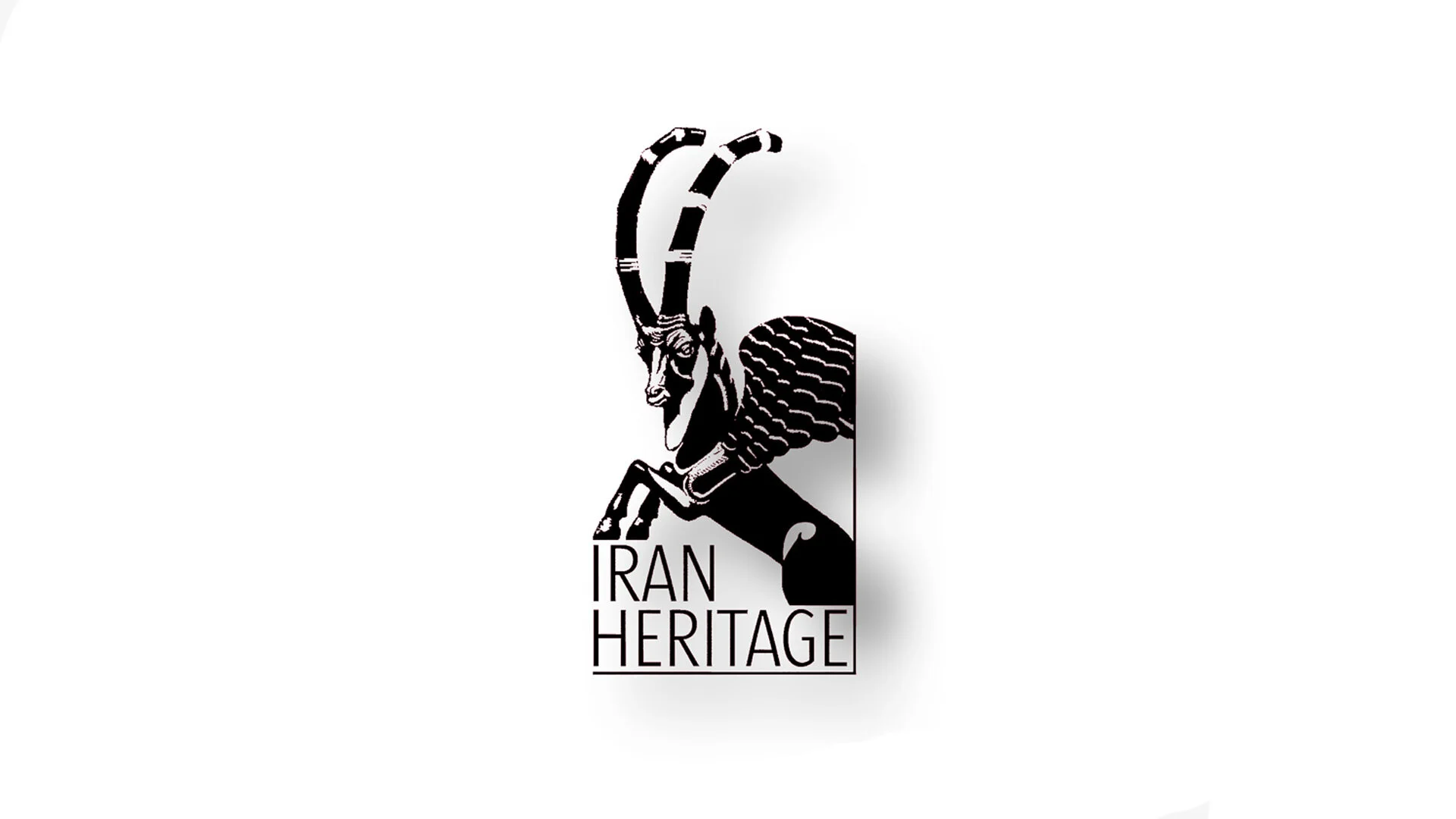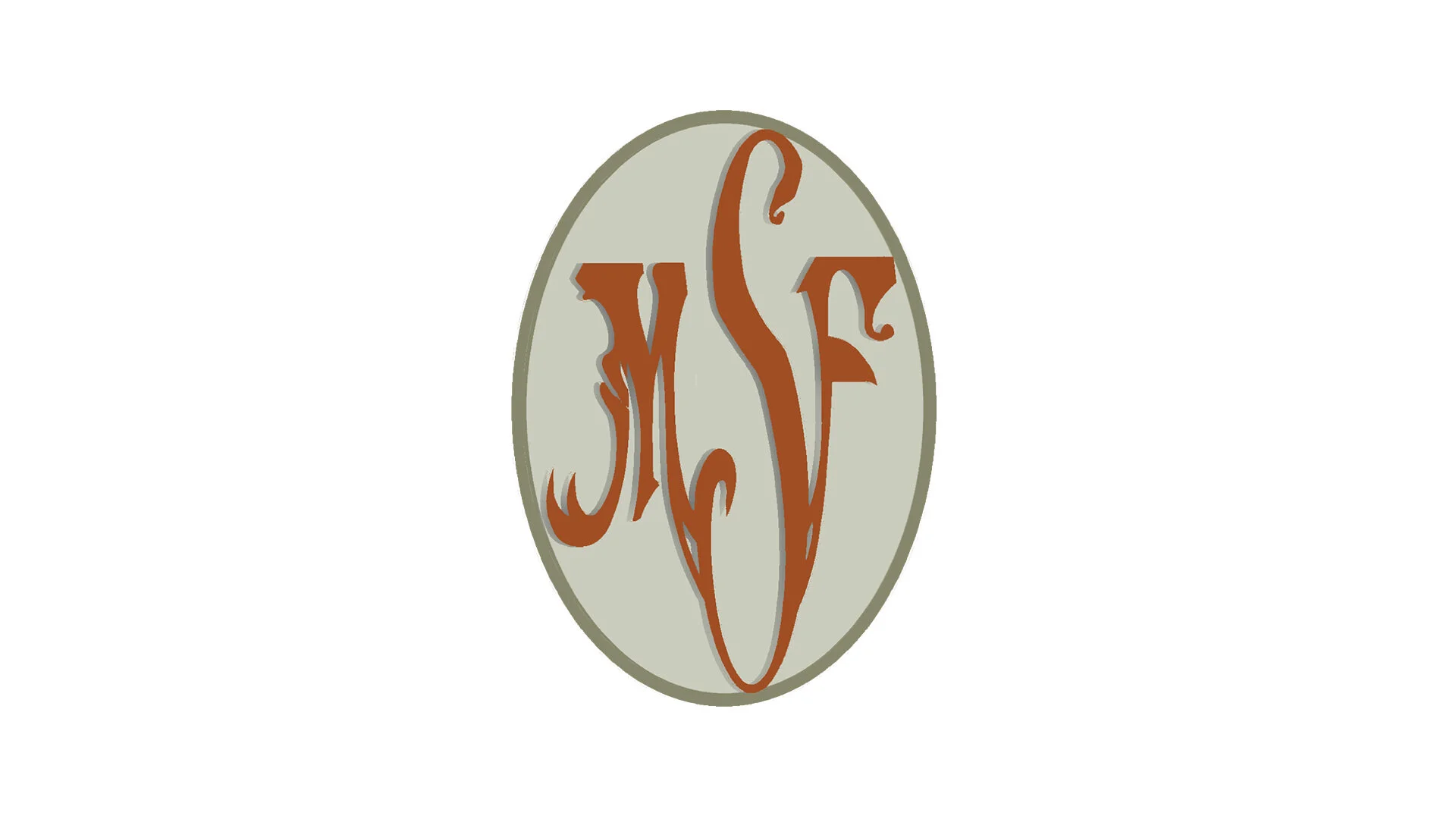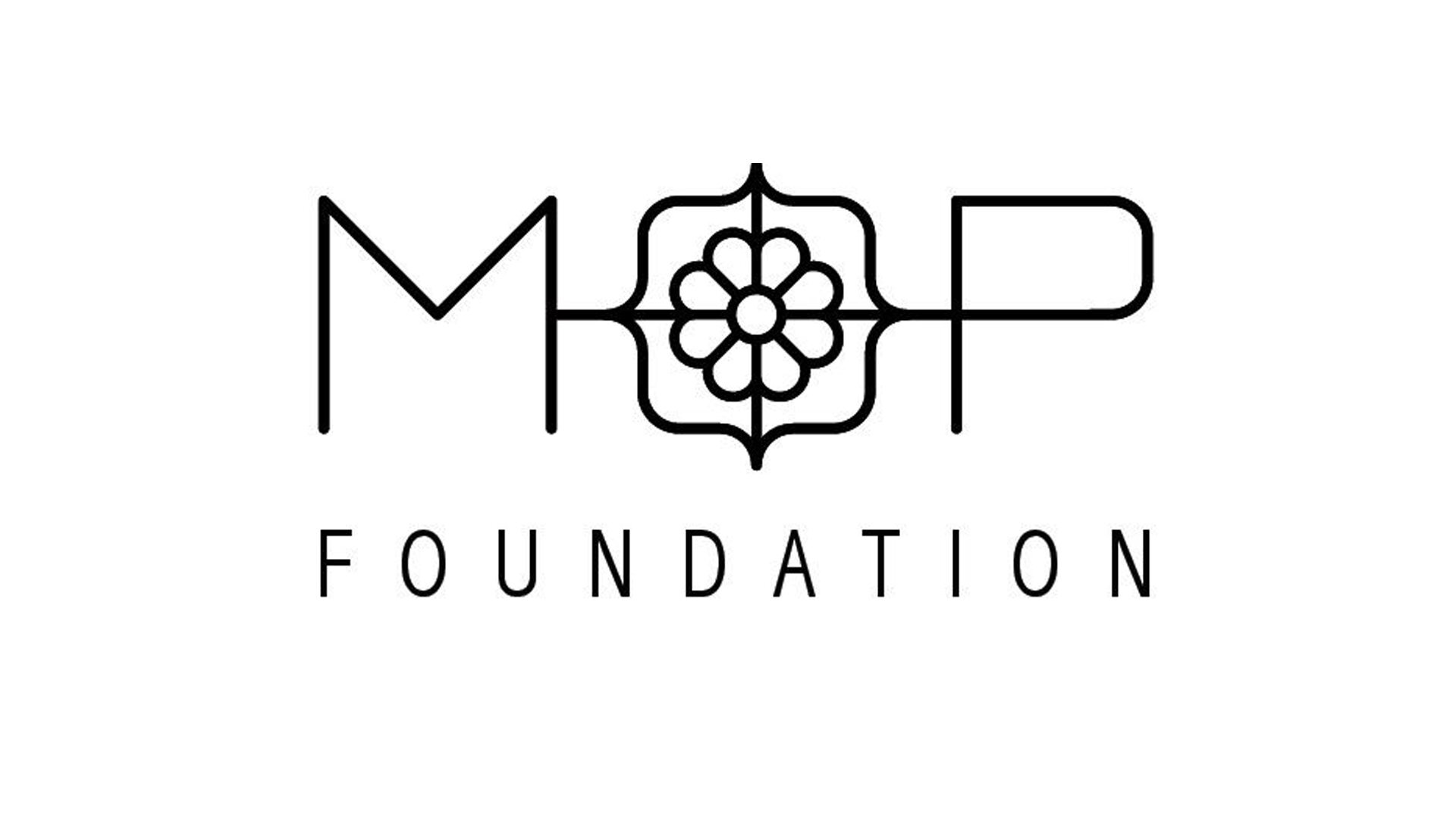
First Biennial Iranian studies conference
“I really, really enjoyed the conference as a whole! I have never met so many young scholars who can relate to what I study in one place before! The conference was very well organized and everything ran extremely smoothly! It was wonderful to be able to meet so many professors and publishers and to get advice. Also the Q&A was surprisingly interesting!”
Hosted by the Institute of Iranian Studies, University of St Andrews, at St Mary’s College, on 13-14 April 2013.
It was our pleasure to welcome 99 early career speakers to the University of St Andrews for the inaugural Symposia Iranica, with a programme of twenty-four panels, three colloquia and our first Early Career Scholars’ Q&A.
Participants came from across the United Kingdom as well as Belgium, Finland, France, Germany, Italy, the Netherlands, Poland, and Switzerland in Europe, and from Australia, Canada, China, India, Israel, Russia, Turkey and the United States to present.
Total applications reached 360 proposals from thirty countries during the call for papers. Of these, offers were extended to just 40% following double-blind peer review.
Particular thanks goes to Professor Ansari for taking a chance on the concept for this conference and offering St Andrews as host to pilot it, as well as his recommendation of one of his PhD students, Michael Pye, as co-organiser.
Cover: Khaju Bridge, Isfahan. Used by kind permission of © Zerega.








Presenters
-
Weapon Wounds among the Prehistoric Inhabitants of the Central Plateau of Iran: the Voice from Tepe Hissar
Zahra Afshar, Durham University, UK
-
Investigating Ceramic Production in Southwest Iran in the 7th-6th Millennium BC: The Application of Scientific Techniques
Alison Meakes, University of Nottingham, UK
-
Merlons and Parapets: the Achaemenid Architecture of Qaleh Kali
Amanda Dusting, University of Sydney, Australia
-
The Ceramic Sequence of Achaemenid and Post-Achaemenid Iran
Iona Katherine McRae, University of Sydney, Australia
-
Painting Depiction: An Illustrated Manuscript of Yūsuf va Zulaykhā Attributed Mu‘in Musavvir
Elizabeth Rauh, University of Michigan, US
-
Life of the Devotional Object: A Persian Talismanic Scroll and its Historical Context(s)
Marian Smith, University of Michigan, US
-
Collecting Calligraphy: Persian Calligraphic Specimens in the Abdülhamid II Albums
Ashley Dimmig, University of Michigan, US
-
The Literary Tradition of the Ismailis of Badakhshan
Konstantin Vasiltsov, Russian Academy of Sciences, Russia
-
“Lang” is not “Leng”! New Light on the Etymology of the Terms “Chahar Lang” and “Haft Lang” in Bakhtiari
Sima Zolfaghari, Leiden University, the Netherlands
-
Little-Known Persian Works on the Muslim Sacred Places of Central Asia
Nikolay Terletsky, Russian Academy of Sciences, Russia
-
The Building Legacy of the Ishqiya: The Mosque and Mausoleum in Katta Langar, Uzbekistan
Mustafa Tupev, University of Bamberg, Germany
-
The Image of Chinggis Khan in Early Safavid Historiography
Gregory Aldous, University of Wisconsin–Madison, US
-
Divine Spark: the Prelude to the Tobacco Regie of 1890
Leonardo Davoudi, University of Oxford, UK
-
Foreign Goods, Native Consumption: Economy as a Field of State-Society Interaction in Early Twentieth-Century Iran
Serhan Afacan, Leiden University, the Netherlands
-
Russia and the Merchants of Tabriz, 1880s to 1911
Moritz Deutschmann, European University Institute, Italy
-
Persian Studies and the Military in Late Imperial Russia (1863-1917): State Power in the Service of Knowledge?
Denis Volkov, University of Manchester, UK
-
Some Chinese Visual Sources for the Siyah Qalam Paintings
James White, University of Oxford, UK
-
‘Friend and Brother’? The Mughal-Safavid Artistic Perception and Portrayal of Each Other, 1600- 1650
William Harper, Koç University, Turkey
-
Iranian Influences on Buddhist Art: The Depiction of Flames in the Iconography of the Art of Gandhara
Emilia Smagur, Jagiellonian University, Poland
-
The Impact of Shi’i Elements on Iranian Traditional Art and Architecture - A Case Study: SaqqaKhaneh in Iran
Nooshin Shafiei, Prince’s School of Traditional Arts, UK
-
The Alexander Romance in the Khodaynamag: A Search on the Pre-Islamic Alexander Tradition in Persia through the Early Arabic and Persian Sources
Haila Manteghi-Amin, University of Exeter, UK
-
Letters and Epistolary Communication in Abu-l-Qasim Firdausi’s “Shahnameh”
Sofiya Lakhuti, Russian State University for the Humanities, Russia
-
The Arabic Translation of Firdausi’s Shahnameh
Jouni Harjumäki, University of Helsinki, Finland
-
“Libra Turned Her Scales to Castanets”: Muhammad’s Ascension Through the Zodiac in Nizami Ganjavi’s Makhzan al-Asrar
Matthew Hotham, University of North Carolina at Chapel Hill, US
-
“Badayi’ al-Vaqayi’” by Zayn al-Din Vasifi and Memoir Writing in Classical Persian Literature
Evgeniya Nikitenko, Russian State University for the Humanities, Russia
-
Challenging the Male Gaze in the Work of Mehraneh Atashi: Bodyless
Asieh Harati, Concordia University, Canada
-
Broken Mirrors and Translucent Veils: The Past and the Present Portrayal of Iranian Women in Western Eyes
Maryam Ala Amjadi, University of Kent, UK
-
Learning Sexuality in Iran: An Inter-Generational Study
Nafiseh Sharifi, SOAS, UK
-
Some Aspects of Protocol at the Court of Shah ‘Abbas
Dolores Perpiñán Silla, University of Alicante, Spain
-
Western Ears in Iran: Early Modern European Travel Literature and the Sonic Culture of Safavid Iran
Huub van der Linden, University College Roosevelt Academy, the Netherlands
-
The Poet and the Lord of the Slaves: Riza Quli Khan Hidayat and the Qajar Embassy to Khiva
Mira Xenia Rossipaul, Princeton University, US
-
Late Ottoman Views on Ancient Iran and their Political Applications
Enis Erdem Aydın, Boğaziçi University, Turkey
-
Prevailing Religious and Political Discourses: The Safavid Image in Sixteenth Century Ottoman Historiography
y Yasin Arslantas, Bilkent University, Turkey
-
From Ceramics to History: Pottery’s Contribution to the History of Ghazni
Agnese Fusaro, Sapienza University of Rome, Italy
-
Evidence of the Use of Persian in Monumental Epigraphy from Ghazni
Viola Allegranzi, Sorbonne Nouvelle Paris 3, France
-
Late Funerary Monuments from Ghazni: some Morphological and Linguistic Remarks
Martina Massullo, Aix-Marseille University, France
-
Ziyārāt of Ghazni: an Historical and Religious Heritage
Valentina Laviola, Ca’ Foscari University of Venice, Italy
-
The Last Nawab of Arcot (d.1855) and the Politics of Persian Renewal in Mid-19th Century India
Kevin Schwartz, University of California, Berkeley, US
-
Persian Learning in the Bengal Presidency with Special Reference to Fort William College
Mohammad Jafar, Jawaharlal Nehru University, India
-
In Memory/Memoriam of the Madarvatan: Khushro Shirin, Yezdegard Sheriar and the Politics of Parsi Theatre
Rashna Nicholson, Ludwig Maximilian University of Munich, Germany
-
The Rise of Persian under the Mughals
Neelima Joshi, Jawaharlal Nehru University, India
-
The ‘Ajam Community in Kuwait: Migration and Settlement from the last Quarter of the Nineteenth Century to the Discovery of Oil in 1938
Mohammad Alhabib, Royal Holloway, University of London, UK
-
Relations between the Zoroastrians and the British during the Iranian Constitutional Revolution
Alexandra Buhler, SOAS, University of London, UK
-
“Old Rules, New Games: British Policy in the Early Years of the Anglo-Soviet Occupation of Iran, 1941-1943”
Rowena Abdul Razak, University of Oxford, UK
-
The Maragha Observatory: a Centre of Knowledge Transfer During the Mongol Empire
Qiao Yang, Hebrew University of Jerusalem, Israe
-
A Land of Many Colours – Religion in Mongol Iran Under the Il-Khan Arghun (1284-1291)
Na’ama Arom, Hebrew University of Jerusalem, Israel
-
Messiahs, Mongol Converts and Inter-Religious Violence in the Ilkhanate
Jonathan Brack, University of Michigan, US
-
The Ilkhans, the Pax Mongolica and Problems of Communication and Contact
Gillian Bateman, SOAS, University of London, UK
-
Seven Scenes, One Act: Repetition of the Narrative Moment in a Haft Paykar Cycle
Matthew Gillman, University of Chicago, US
-
Reception and Perception in the Paintings of Reza ‘Abbasi
Naciem Nikkhah, SOAS, University of London, UK
-
“Your true vocation is art:” Transformations in Ottoman and Safavid Miniature Painting in the Late 16th - early 17th Centuries
Melis Taner, Harvard University, US
-
Persian Style, Christian Subject: Edmund Dulac’s Rendition of the Adoration of the Magi Using Persian Painting Techniques
Jaimee Comstock-Skipp, Williams College, US
-
Iranian Children and Intercultural Encounters
Samaneh Zandian, University of Warwick, UK
-
“Born Again” Across Borders: Evangelical Christianity Among Iranian Migrants to the UK
Mari Michener Oye, University of Cambridge, UK
-
Migration of the Elite? Biographies of Highly Skilled Iranian Migrants in Germany and the USA
Uta Lehmann, University of Osnabrück, Germany
-
Long Distance Activism
Pardis Shafafi, University of St Andrews, UK
-
Inventing the Future: US-Iranian Relations and Reform in Iran, 1961-63
Michael Willcocks, University of Manchester, UK
-
In Search of Democracy: John F. Kennedy’s Failed Programme of Political Reform in Iran
David Collier, Boston University, US
-
Decision Making Processes of the Carter Administration Regarding the Iranian Revolution
Steven Terner, Tel Aviv University, Israel
-
Newly Found Notes and Letters of Allahyar Saleh, Mohammad Mosaddegh’s Last Ambassador to the United States
Farshad Kashani, University of East London, UK
-
The Jews in Iran and their Response to Iranian Nationalism
Miriam Nissimov, Tel-Aviv University, Israel
-
“A Line with no Order” - on the Quest for Order and the Search for Authentic Iranianness in Pahlavi Iran
Menachem Merhavy, Hebrew University of Jerusalem, Israel
-
“Keys to the Borders”: Kurdish Identity in the Early Modern World
Djene Rhys Bajalan, University of Oxford, UK
-
Religious Nationalism vs. Secular Nationalism: ‘Nationalism’ in the Political Thought of Ayatollah Khomeini and Kemal Ataturk
Izzettin Sumer, University of Exeter, UK
-
Iranian Jewish Emigration from Iran in 1950 and Post-1979: Framing their Cultural and Nationalistic Identities
Allessandra Cecolin, School of Oriental and African Studies, UK
-
Itinerant Style: the Impact of the Architecture of Iran in Anatolia through the Prism of the Izz al-din Keykavus Hospital in Sivas
Richard Piran McClary, University of Edinburgh, UK
-
The Mahaleh Bala and Mahaleh Paein Structures of Persian Cities
Eisa Esfanjary-Kenari, University of Edinburgh, UK
-
Performative Architecture: a Theoretical Shift in the Examination of “Neighbourhood Takiyehs” in Persian Cities
Sahar Hosseini, University of Wisconsin-Milwaukee, US
-
Night, Public Spaces and Urban Activities - a Case Study: Mashhad, Iran
Atepheh Amid, University of Westminster, UK
-
From Margin to Margin: Comparative Literature in Iran
Haidar Khezri, Mardin Artuklu University, Turkey
-
Sepehri’s Poetic Identity in “We Nothing But Look”
Maryam Serajiantehrani, University of Cambridge, UK
-
Douglas Craven Phillott and his Contribution to Iranian Studies
Esmaeil Haddadian Moghaddam, University of Leuven, Belgium
-
The Purple Feminist: Masculinities and Femininities in Goli Taraghi’s Selected Short Stories
Amir Vafa, University of Sheffield, UK
-
Shaykhs and Khātūns: the Ladies of the Court and their Relationship with Sufism in Ilkhanid Territories
Bruno De Nicola, University of St Andrews, UK
-
The Shrine of Shaykh Aḥmad-i Jām and Patronage by Shāh-Rukh and Gawhar-Shādi
Shivan Mahendrarajah, University of Cambridge, UK
-
Mahan and Taft: Patronage of Ni‘matullahi Khanaqah Complexes in the Early Safavid Period
Peyvand Firouzeh, University of Cambridge, UK
-
The Heritage of Khwaja Ahrar: Naqshbandis and Chaghatay Rulers in 16th-century Central Asia
Yusen Yu, School of Oriental and African Studies, UK
-
The Perception of Zoroastrianism in Early Islamic Literature: the Case of Shahrastani
Mehmet Alici, Istanbul University, Turkey
-
From Men and Mithra to Mithras?
Agnieszka Fulinska, Jagiellonian University, Poland
-
Remember me! The Effect of Islamic Beliefs on Ghosts on Iranian Film and Theatrical Adaptations of Hamlet
Azadeh Ganjeh, University of Bern, Switzerland
-
The Case of Black Magic in the Avesta
Paul Schwerda, Harvard University, US
-
Ta’ziyeh: the Socio-Political Aspects of a Theatrical Performance
Maryam Golabi and Meysam Soleimani, Middle East Technical University, Turkey
-
British-Iranian ‘Accented’ Cinema in the Aftermath of the Iranian Post-election Protest
Naz Massoumi, University of Bristol, UK
-
Envisaging ‘Iranianness’ Inside-Out: Photo Blogs and Contemporary Iranian Visual SelfRepresentation
Shireen Walton, University of Oxford, UK
-
Censorship and Silence in Contemporary Iranian Art
Kirstie Imber, Birkbeck, University of London, UK
-
Discourses on Iran and its Challenges for the Iranian Tourist Industry
Masood Khodadadi, Glasgow Caledonian University
-
The Inscription of Assurbanipal in the Cyrus Cylinder
Miles Lester-Pearson, University of St Andrews
-
Recumbent Bulls and the Iconography of Submission: Notes on the Evolution of Bull Protome Sculpture in Elam and Persia
Ana Becerra, University of Sydney, Australia
-
The Aegean Policy of Darius the Great
Daniel Beckman, University of California, Los Angeles, US
-
Contact and Commerce between the Achaemenid Empire and South Asia
Sureshkumar Muthukumaran, University College London, UK
-
Poetry of the Dead: a Socio-literary Study of the Poetry on Tombstones in Iran – the Case of Behesht-e Zahra
Fatemeh Shams, University of Oxford, UK
-
Sacred Defence Through the Lense of Persian Haiku
Faryaneh Fadaeiresketi, Leiden University, The Netherlands
-
The Emergence of Modern Kurdish Poetry: A Discursive Analysis
Farangis Ghaderi, University of Exeter, UK
-
Classical Allusions in Modern Poetry: A Comparison between the Poetic Styles of Shafii Kadkani and Guangzhong Yu
Zhe Lin, Peking University, China
-
Iran’s Nuclear Policy from 2002 to 2012: Continuities, Changes and Identity Dynamics
Morgane Colleau, University of Exeter, UK
-
Bureaucratic Psychologies at War: Encounters between the Jacksonian Bush-Obama Administrations and the Populist Ahmadinejad Administration
Nima Rassooli, San Francisco State University, US
-
The Role of Mahdaviyat in the Internal Politics of Mahmoud Ahmadinejad
Arash Guitoo, Christian Albrecht University of Kiel, Germany
-
The Obstacles to Diplomacy in Iran-US Relations: Failed Negotiations on Iran’s Nuclear Programme
Helia Farahnoosh, University of Glasgow, UK
-
The Securitisation Turn: the Rise of the Islamic Revolutionary Guard Corps in Iran’s Foreign Policy
Hesam Forozan, Durham University, UK
-

Second Biennial
Downing College, University of Cambridge, 8-9 April 2015.
-

Third Biennial
Pembroke College, University of Cambridge, 11-12 April 2017.
-

Fourth Biennial
St Mary’s College, University of St Andrews, 13-14 April 2019.

